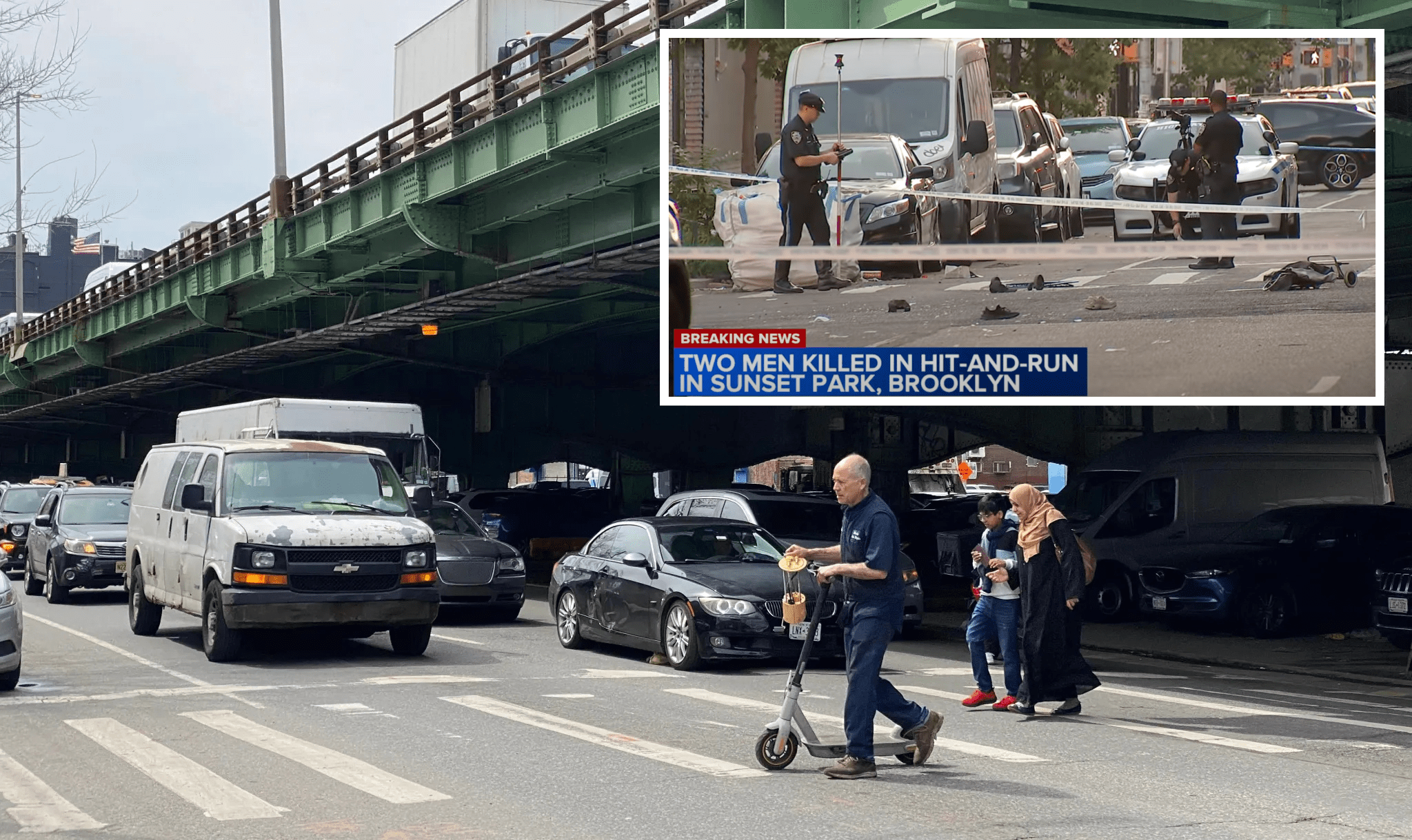One of the stranger threads to come out of yesterday's announcement that Citigroup will sponsor NYC bike-share is the complaint that it will cost a lot to take long rides on the system. The usually bike-savvy Gothamist ran the headline "CitiBike, NYC's Bike Share, Will Cost $77 For A Four-Hour Ride," and bike-commuting Reuters blogger Felix Salmon posted charts showing the expense of taking out Citi Bikes for two hours or 24 hours at a time. (Gothamist doubled down today, posting one of Salmon's graphs.)
Unless you write for a bike-hating rag like the Post, it's odd to fixate on the cost of long bike-share trips because, fundamentally, the system is designed to help people make short, utilitarian trips. Bike-share will be great if you want or need to do things like:
- Bike commute from Baruch Houses and back every day
- Head to the movies in Cobble Hill from your apartment in Fort Greene
- Get from MoMA to the High Line on a day of Manhattan sightseeing
- Shave ten minutes off your trip from Grand Central to your job on the west side
And so on.
In DC, 88 percent of bike-share trips are 30 minutes or less, and the vast majority of trips are made by subscribers who pay $75 per year for an unlimited supply of trips under 30 minutes. They are spending pennies per trip. In London, the average weekday bike-share trip is 17 minutes long, and on the weekend the average is 27 minutes.
In terms of value-per-dollar, the overlooked feature of the NYC pricing system is that subscribers who pay $95 for an annual pass will get 45 minutes per trip before fees kick in -- 50 percent more time than subscribers in DC or London.
It's true that bike-share will be terrible for leisurely, all-day rentals. But this is a feature, not a bug, of the pricing mechanism. Imagine if 50 percent of bike-share trips were four hours long. That would hugely diminish the effectiveness of the system. While all those bikes were tied up by people making recreational jaunts, they'd be unavailable to a far greater number of people who want to use the bikes for transportation. Shorter trips mean more turnover, which makes the system more useful to more people.






